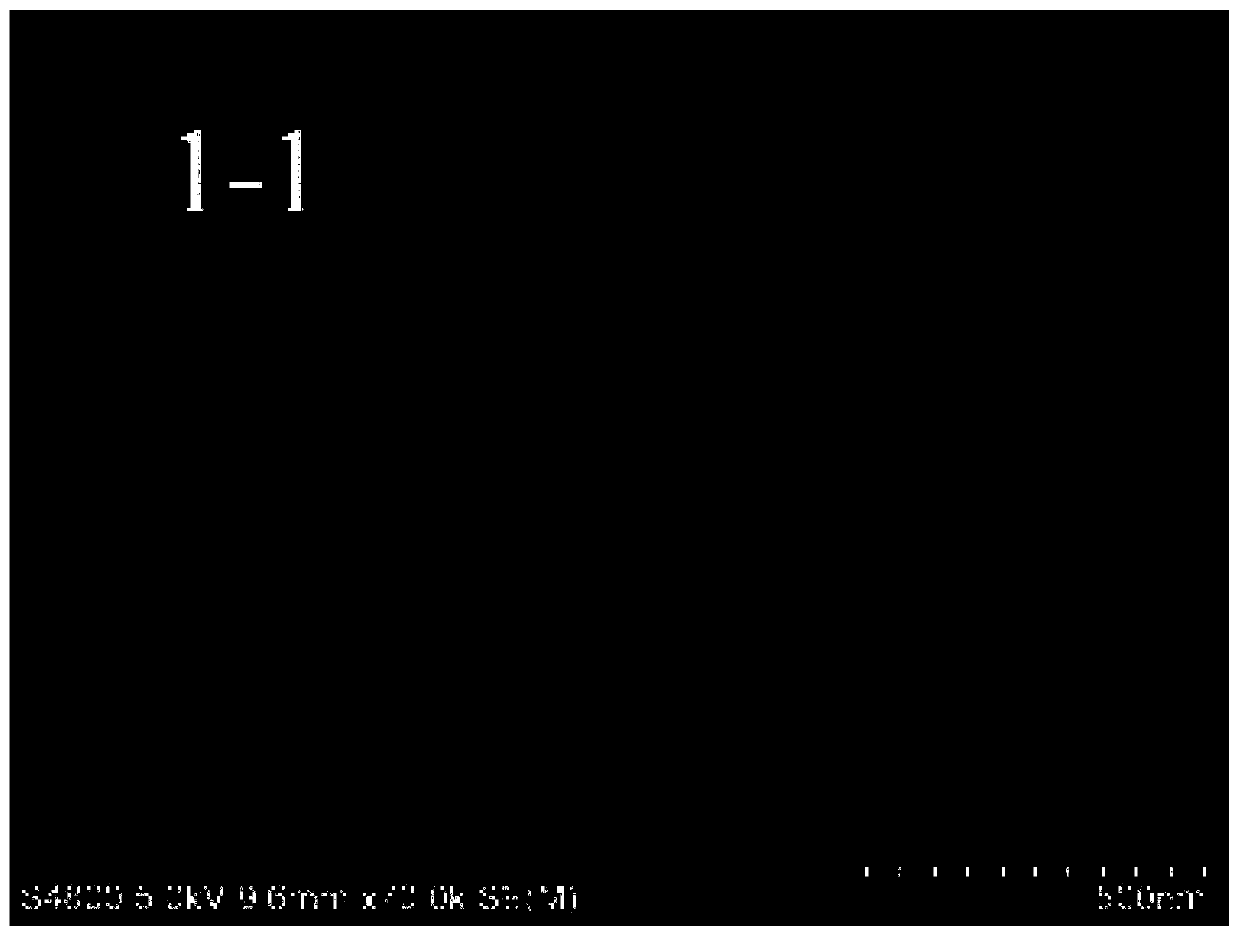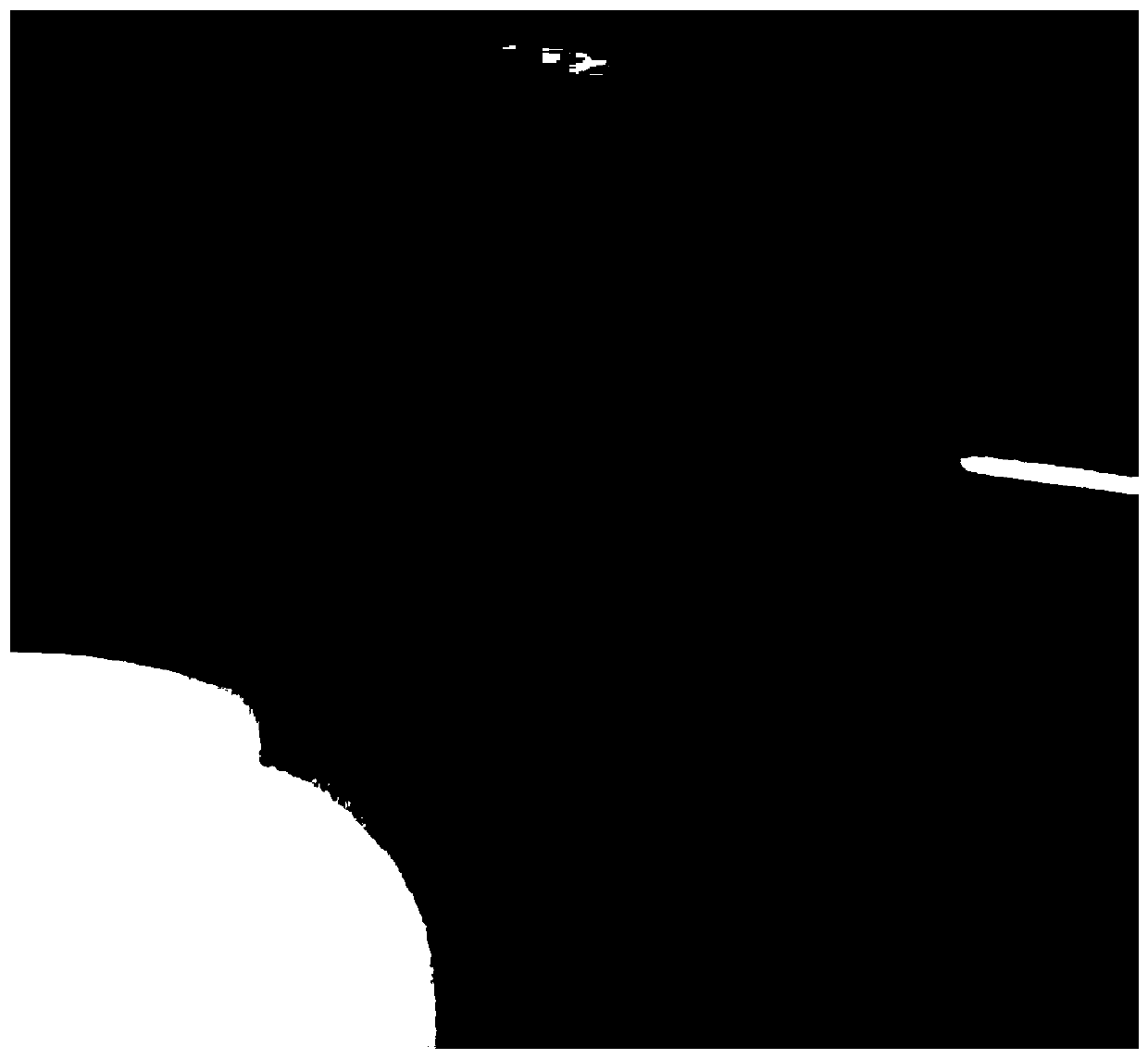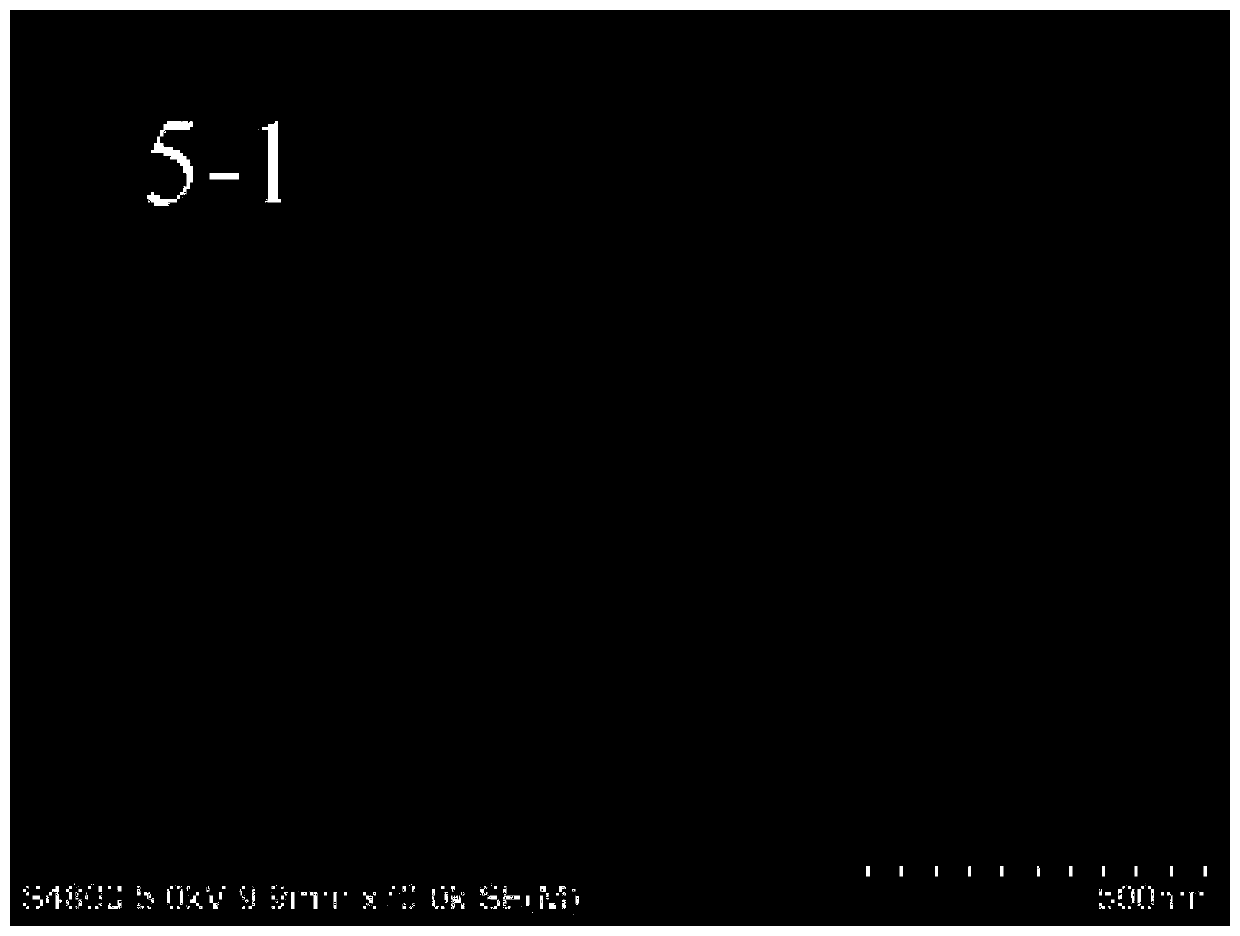Method for growing graphene on silicon substrate by using PEALD
A silicon substrate, graphene technology, applied in electrical components, semiconductor/solid-state device manufacturing, circuits, etc., can solve problems such as graphene defects, metal residues, slow migration speed, etc., to reduce the size of wrinkles and promote dehydrogenation Process, effect of good compatibility
- Summary
- Abstract
- Description
- Claims
- Application Information
AI Technical Summary
Problems solved by technology
Method used
Image
Examples
Embodiment 1
[0053] The method of utilizing PEALD of the present embodiment to grow graphene on a silicon substrate specifically comprises the steps:
[0054] (1) Take (100) silicon wafers for growth, place them in deionized water for simple ultrasonic cleaning for 1 min, and then immerse in dilute hydrofluoric acid with a volume ratio of 1:50 for 1 min.
[0055] (2) Take out the silicon wafer, rinse the surface with deionized water, and blow dry with 0.5MPa high-pressure nitrogen.
[0056] (3) Benzene is used as a carbon source, small oxygen-containing organic molecules are used as an auxiliary source, and high-purity hydrogen / argon gas mixture is used as a plasma gas source.
[0057] (4) The treated silicon wafer is placed in a tube furnace, evacuated to below 40mTorr, heated to 700°C under 50sccm argon gas and kept stable.
[0058] (5) Start the PEALD cycle, each cycle includes: pulse benzene or formic acid for 0.03 seconds, close the vacuum valve and react for 5 seconds, so that the s...
Embodiment 2
[0061] The difference with Example 1 is only that after every carbon source cycle is carried out 5 times, an auxiliary source cycle is carried out, which is denoted as 5-1, and the graphene grown on the silicon substrate is obtained. The graphene scanning electron microscope photo is as follows figure 2 shown.
Embodiment 3
[0063] The difference with Example 1 is only that after every 10 carbon source cycles, an auxiliary source cycle is carried out, denoted as 10-1, to obtain graphene grown on a silicon substrate, and the graphene scanning electron microscope photo is as follows image 3 shown.
[0064] Compare figure 1 , 3 , 4, it can be seen that figure 1 The protrusions on the surface of graphene are mostly island-shaped, and the size is small, and there are no large linear folds. Compared with Figure 4 The growth morphology of Example 3 is significantly different, which proves that the use of formic acid as an auxiliary source can improve the quality of growth.
[0065] With the increase of the amount of formic acid, the wrinkles on the graphene surface were significantly reduced. This is because oxygen plays a role in assisting the dehydrogenation of benzene during the reaction process, which is conducive to the growth of graphene in the uncovered area, thereby reducing wrinkles and mu...
PUM
 Login to View More
Login to View More Abstract
Description
Claims
Application Information
 Login to View More
Login to View More - R&D
- Intellectual Property
- Life Sciences
- Materials
- Tech Scout
- Unparalleled Data Quality
- Higher Quality Content
- 60% Fewer Hallucinations
Browse by: Latest US Patents, China's latest patents, Technical Efficacy Thesaurus, Application Domain, Technology Topic, Popular Technical Reports.
© 2025 PatSnap. All rights reserved.Legal|Privacy policy|Modern Slavery Act Transparency Statement|Sitemap|About US| Contact US: help@patsnap.com



